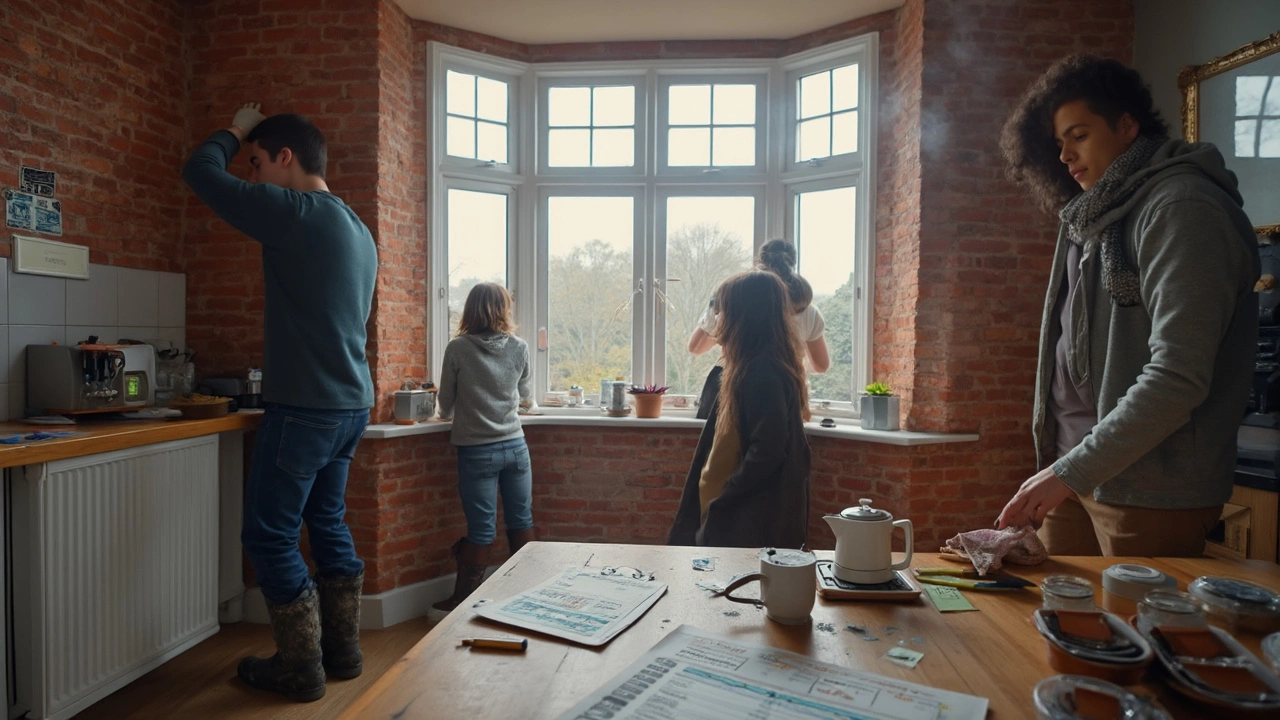Sustainable Building Technology: How to Build Green and Save Money
When you hear "sustainable building," you might picture futuristic towers or expensive upgrades. In reality, the tools you need are already on the market and can fit most budgets. This guide shows the simplest tech you can add today to cut energy use, lower bills, and make your space healthier.
Why Sustainable Tech Matters
Every building consumes power, water, and raw materials. Using smarter tech reduces that drain. A home that harvests daylight needs less electricity for lighting, while a well‑insulated wall keeps heat inside during winter and out in summer. That means lower utility bills and a smaller carbon footprint. Health benefits follow too—better ventilation and non‑toxic finishes improve indoor air quality.
Investment pays back fast. Studies show that adding good insulation or high‑efficiency windows can recoup costs in just a few years through lower heating and cooling expenses. Governments also offer tax credits for many green upgrades, making the upfront price even easier to handle.
Practical Tools You Can Use Today
Start with the envelope of the building. Low‑E glass and double‑pane windows block heat loss without sacrificing natural light. Pair them with airtight sealing tape around doors and windows to stop drafts.
Insulated Concrete Forms (ICFs) combine structural strength with excellent thermal performance. If you’re building from scratch, consider modular timber panels—they store carbon, grow quickly, and can be prefabricated for faster construction.
Renewable energy options are more affordable than ever. A modest rooftop solar array can cover most of a typical household’s electricity needs, and battery storage lets you use that power at night. If roof space is limited, thin‑film solar tiles blend into the roof surface while still generating power.
Water savings are easy to add. A rainwater harvesting system collects runoff for garden irrigation, reducing the demand on municipal supply. Low‑flow fixtures in bathrooms and kitchens cut water use without sacrificing performance.
Smart sensors bring real‑time control. An energy‑monitoring app shows which appliances are energy hogs, letting you adjust usage patterns. Automated thermostats learn your schedule and fine‑tune heating or cooling, avoiding waste.
Green roofs add another layer of efficiency. They provide insulation, absorb rainwater, and create habitats for birds and insects. Even a small vegetated balcony can lower rooftop temperatures and extend the life of roofing material.
When choosing materials, look for recycled content. Reclaimed brick, recycled steel, and fly‑ash concrete reduce the need for new resources while often offering superior durability.
Finally, plan for adaptability. Design spaces that can change purpose over time—think movable walls or raised floors for future wiring. A flexible building stays useful longer, delaying demolition and the associated waste.
Take the first step by auditing your current building. Identify where heat leaks, where water is wasted, and which systems run nonstop. Then prioritize upgrades that give the biggest savings first. Small changes add up, and each improvement makes the next one easier.

High-Tech Architecture: How Smart Design Is Transforming Homes in 2025
Not sci-fi-high-tech architecture is here. See what it means, what to buy first, real costs, energy savings, privacy risks, and a step-by-step plan you can actually use.
Read more